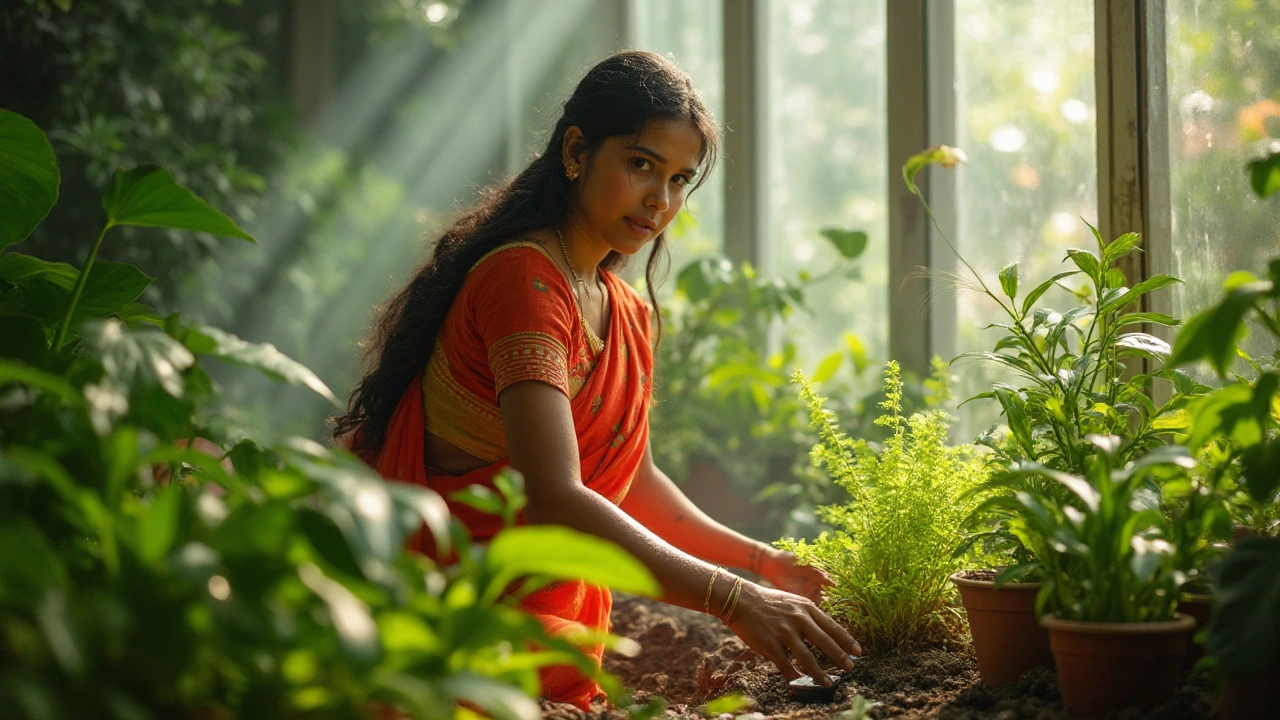Understanding the signs of overwatering is crucial for a thriving indoor garden. This article explores the symptoms to look for in overwatered plants, how excessive moisture affects plant health, and proactive measures you can take to ensure your plants stay vibrant and healthy. Tips will be shared on adjusting watering routines, identifying plant-specific needs, and improving drainage. Learn the secrets to maintaining a balanced environment for your beloved houseplants.
Plant Symptoms: How to Spot and Fix Common Garden Problems
When your plants look sick, it’s not magic—it’s plant symptoms, visible signs that something in the plant’s environment or care routine has gone wrong. These aren’t just random changes—they’re signals your plants are screaming for help. A yellow leaf isn’t just ugly; it’s telling you about nutrient gaps, water stress, or root rot. Wilting isn’t laziness—it’s a cry for moisture, airflow, or better soil. And those brown spots? They’re not just cosmetic—they’re the fingerprints of fungi, pests, or chemical burns. Understanding these symptoms is the first step to saving your garden.
Soil issues, the hidden root of most plant troubles show up fast in the leaves. Dense, clay-heavy soil? Your plants drown even when you water lightly. Too sandy? Nutrients wash away before roots can grab them. You’ll see slow growth, pale leaves, or sudden drop-offs. Then there’s plant diseases, fungal, bacterial, or viral infections that spread quickly in humid Indian climates. Powdery mildew on bottle gourds, leaf spot on tomatoes, or root rot in potted basil—these aren’t rare. They’re predictable if you ignore early signs. And don’t forget pests, tiny invaders like aphids, spider mites, or whiteflies that weaken plants over time. They don’t always chew leaves—they suck sap, stunt growth, and leave behind sticky residue that invites mold.
What’s missing from most advice? Connecting the dots. A drooping plant isn’t just thirsty—it might be root-bound in a pot that’s too small. Yellow leaves on your chilli plant? Could be too much sun, not enough iron, or a clogged drip line leaking unevenly. The same symptom can mean three different things depending on where you live, what season it is, or how you water. That’s why the best gardeners don’t guess—they observe. They check the soil before watering. They look under leaves. They track changes day by day. The posts below show you exactly how to do that—without buying expensive tools or reading science papers. You’ll find real fixes for hydrangeas on balconies, zinnias being eaten by rabbits, overwatered houseplants, and crops failing in Indian heat. No fluff. No theory. Just what works in Indian homes, terraces, and small farms.
